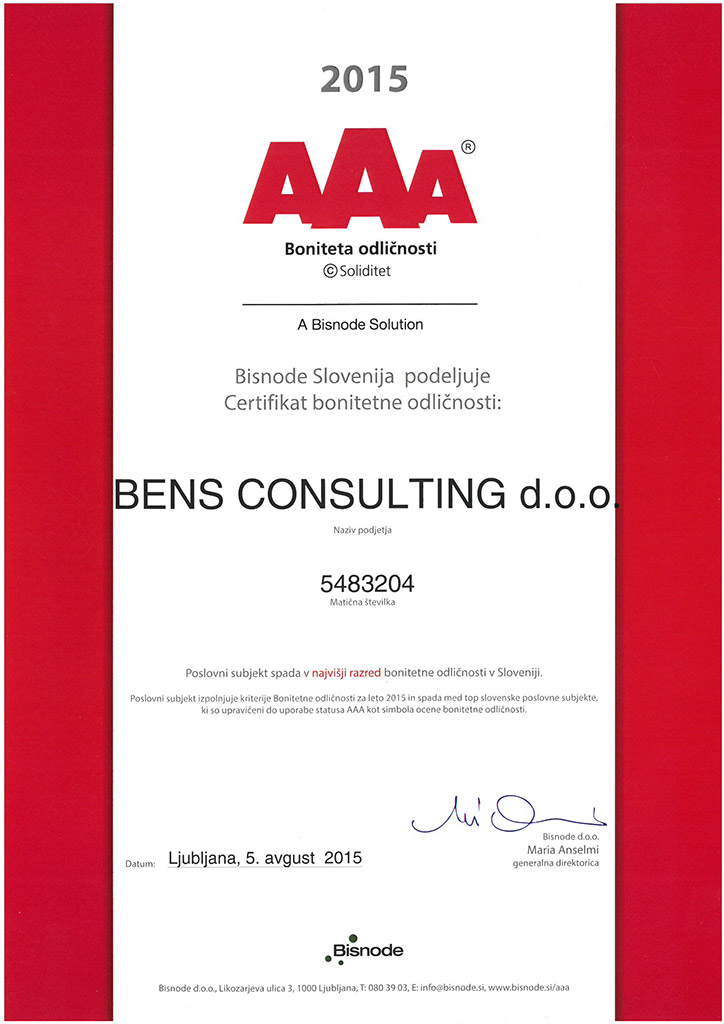Now, REACH registrants have a way to “reliably combine different sources of non-animal data on skin sensitisation properties of their substances”. This is achieved through usage of in sillco tools like computer simulation. One such tool is the QSAR Toolbox helping you assess skin sensitisation. You can read more about The OECD QSAR Toolbox here.
Using such alternative methods to assess chemical hazards can protect people against skin sensitisation, without the actual need to conduct tests on animals.
There are three take aways going through this ECHA’s Guidance.
First, REACH requires skin sensitisation potency to be assessed. You’ll find guidelines for substance categorisation within this document. This is huge because it can replace the currently used in vivo method Local Lymph Node Assay and thus reduce animal testing.
Second, guideline “helps registrants who have already submitted in chemico or in vitro data in their registrations but are uncertain whether this data is accepted by regulators”.
And third, “the guideline also helps registrants select the most suitable tests to generate new data for substances”.
You can find the guideline here.






 Back to posts
Back to posts

